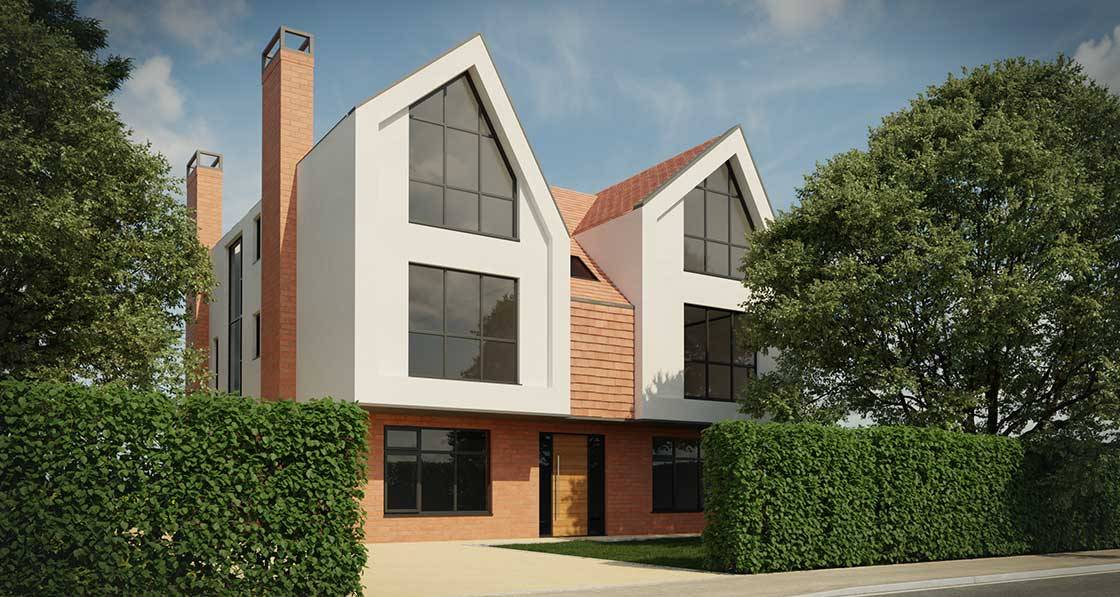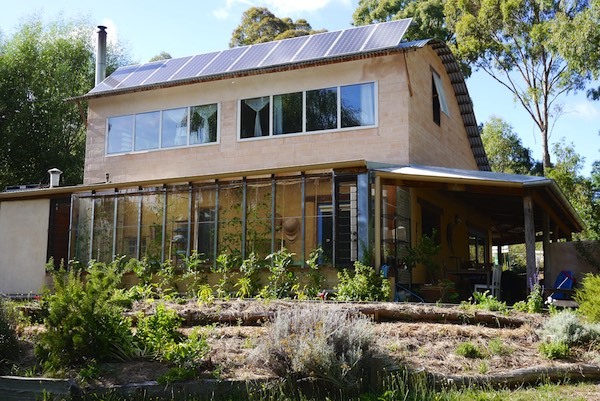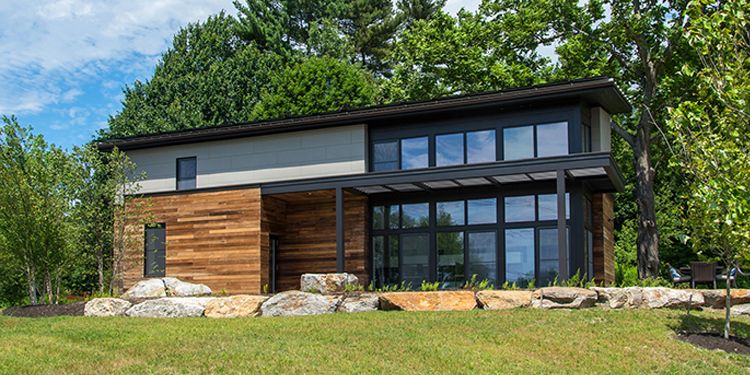Understanding the principles of passive house design is crucial for anyone interested in creating energy-efficient, comfortable, and sustainable living spaces. This guide will provide a comprehensive overview of these principles and how they can be implemented in your own home.
For more detailed information on passive house design, you can visit the Wikipedia page.
Key Elements of Passive Design
There are five key elements that make up the core of passive house design. These include super insulation, airtight building envelope, high-performance windows, heat recovery ventilation, and passive solar gain.
Benefits of Passive House Design
The benefits of passive house design are numerous. They include reduced energy consumption, improved indoor air quality, increased comfort, and reduced environmental impact.
Implementing Passive Design in Your Home
Implementing passive design in your home can be a complex process, but the benefits are well worth the effort. It requires careful planning and attention to detail, but the result is a home that is comfortable, energy-efficient, and sustainable.
If you’re interested in implementing these principles in your own home, you might want to consider products that can help you power cameras with solar energy or power your home sustainably.






